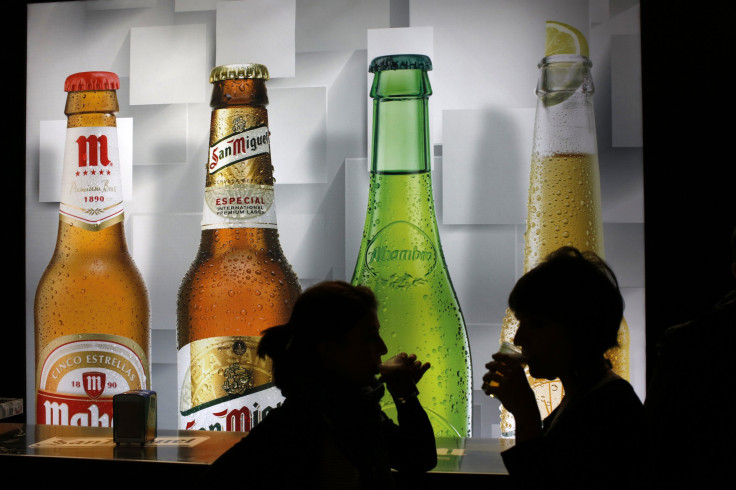New types of beer may be produced using wild yeast, scientists say

Wild strains of yeast could one day yield into new kinds of beers, including new sour ones and others that taste of honey, scientists reveal. Researchers from North Carolina State University say these findings open possibilities for using yeast, rather than added flavourings, to make new and interesting styles of beers. Brewers could also use these microbes to explore new and faster ways of making traditional types of beer, they add.
Yeast, which is a type of fungus, used to be part of making beer because it helps give breweries a unique character to their beer, according to John Sheppard, a bioprocessing researcher at the university. However, a limited number of yeast species are currently being used to make beer since brewers now employ technology to control yeast cultures and increase a beer's shelf life.
In 2014, organisers of the World Beer Festival in Raleigh asked Sheppard to help brew a beer from wild strains of yeast for the festival attendees. Within a period of six months, Sheppard and his colleagues, Rob Dunn and Anne Madden at North Carolina State University, used a wild strain of Saccharomyces cerevisiae, the most common brewing yeast, to yield new kinds of beers. They found that the strain, seen on wasps and had never been used for commercial brewing, was able to generate significant amounts of ethanol, the kind of alcohol found in beer, wine and liquor.
"Wild yeast is not particularly good at producing ethanol, but it turns out the strain we used was almost as good as the standard brewing strains. Unexpectedly, the beer also had a sour character to it. Sour beers are becoming more in vogue, and a lot of people seemed to enjoy it," Sheppard said.
Sour beers, traditionally made by combining yeasts and bacteria, are considered quite costly because it is time-consuming to brew properly. A popular sour beer, Belgian lambic, takes three years to produce, according to Sheppard.
The research team's strains, however, cuts this slow process and could make sour beers within five days. Since the brews do not rely on bacteria, it also eliminates the risk of contaminating other beers in the brewery, the team claims.
As another variation, the researchers have also brewed beer with another wild yeast sample, this time found on bees, which produced flavours that tasted like honey. With their subsequent experiments, the team also yielded ales that tasted like apple cider.
For their next step, the scientists want to explore how many useful wild yeast strains they can find. The team is now gathering information that could help others use these wild types of yeast properly.
North Carolina State University would also like to licence the strains that the researchers isolated for commercial use. Sheppard warns, however, that there are dangerous wild microbes, and amateurs should not attempt to cultivate wild yeast themselves. In their research, the team identified what a microbe is before using it for any food or beverage.
Contact the writer at feedback@ibtimes.com.au or tell us what you think below.





















